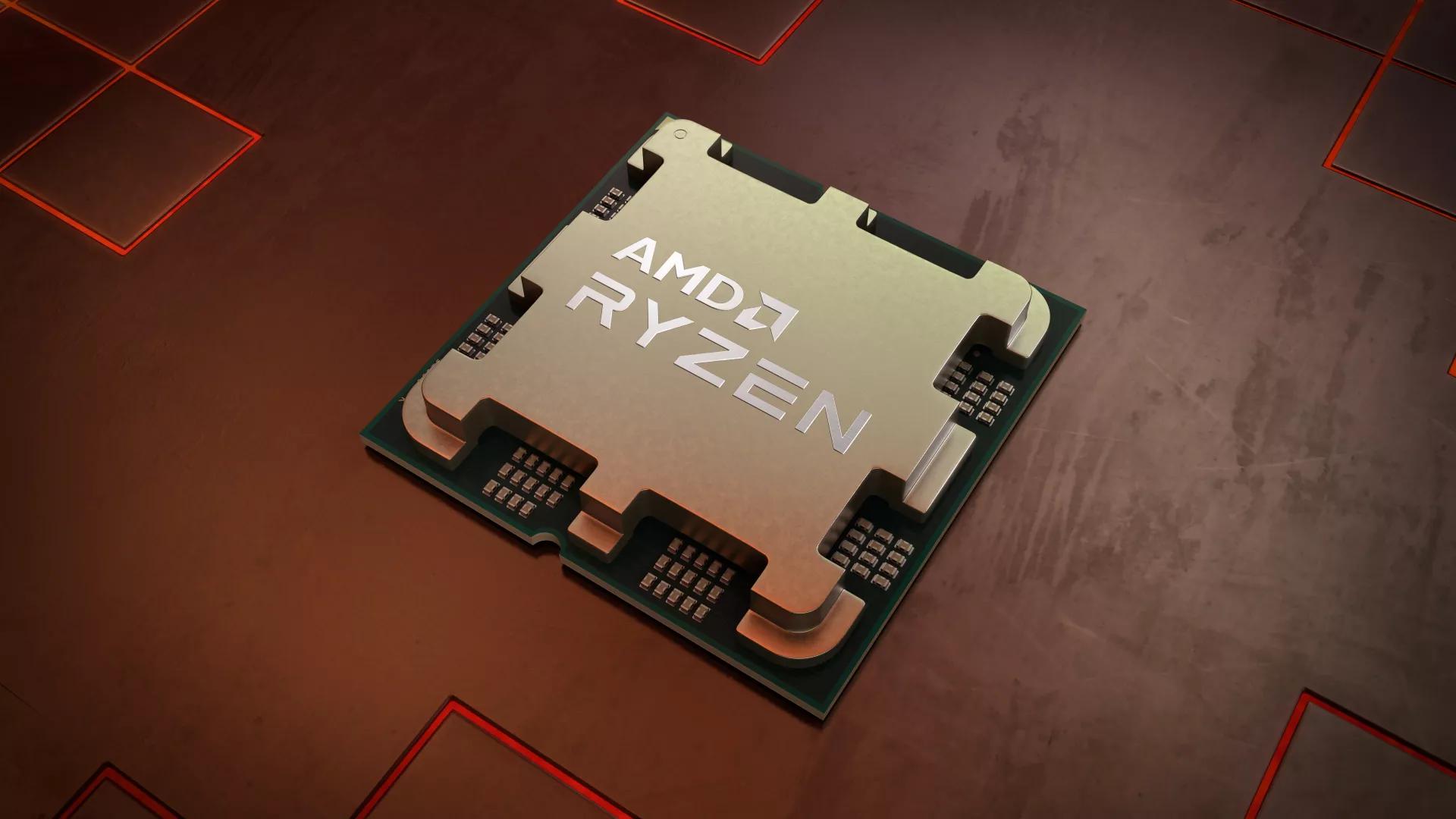
Beta BIOS Lets You Prioritize CCDs on AMD's 7000X3D CPUs
AMD’s upcoming line of 7000X3D processors, which includes the Ryzen 9 7950X3D, Ryzen 9 7900X3D and Ryzen 7 7800X3D, promise amazing gaming performance thanks to copious amounts of 3D V-Cache. However, these new processors apply the cache to only one of the two CCDs (opens in new tab) (Complex Core Dies) that make up the chip architecture so your software and firmware need to make sure that games utilize the correct CCD or you won’t get the performance benefits. For non-gaming tasks, the CCD without cache could be a better choice as it can hit higher boost clocks.
When it comes to assigning tasks to cores (or CCDs), both the OS and the firmware can sometimes make mistakes, sending priority workloads to slower threads. Fortunately, you may soon be able to tweak the CCD priority in your BIOS, allowing you to have fine-grain control over which cores get which tasks in a way that’s independent of the OS.
Twitter user HXL (@9550pro) has shared screen shots (opens in new tab) from a new Asus X670 Beta BIOS (version 0921 to be precise) that show a number of advanced settings you can use to control the X3D cores. These images appear to have first s (opens in new tab)hown up on Asus’ forums. These settings include a number of different algorithm conditions and actions that can trigger the correct CCD core. HXL notes that, since these settings are built into the BIOS, they are OS agnostic.
These tweaks are important for non-gaming workloads because, as we reported yesterday, the Ryzen 9 7950X3D in particular is rumored to have lower frequencies on its V-Cache CCD than the cheaper 7800X3D has. The 7950X3D has eight cores in each of its two CCDs.
AMD has also gone on record saying that the non-V-Cache CCDs can achieve higher clocks. In an interview with PC World (opens in new tab) in January, AMD director of product management Scott Stankard said that “by not stacking one of the CCDs, it let us push the 1T boost, the maximum T boost, up to 5.7 GHz.”
| CPU | Cores / Threads (P+E) | P-Core Base / Boost Clock (GHz) | Cache (L2/L3) | TDP |
|---|---|---|---|---|
| Ryzen 9 7950X3D | 16 / 32 | 4.2 / 5.7 | 144MB (16+128) | 120W |
| Ryzen 9 7900X3D | 12 / 24 | 4.4 / 5.6 | 140MB (12+132) | 120W |
| Ryzen 7 7800X3D | 8 /16 | 4.x / 5.0 | 104MB (8+96) | 120W |
More details and links to a download for the beta BIOS are available in this thread (opens in new tab) on Asus’s ROG forum. However, we don’t recommend trying a beta BIOS, particularly when the chips themselves won’t be available until February 28. Additionally, these files are in a Dropbox linked from a forum, not an official source. For the sake of your machine’s security, hold off until something official is available.
What we can glean from this news is that many, if not all, X670 motherboards, including some of the best motherboards will soon get BIOS updates that allow you to fine-tune which workloads get assigned to which CCD. Perhaps other chipsets such as B650 will see these benefits as well. If you end up needing one of these, see our tutorial on how to update the BIOS on a PC.



